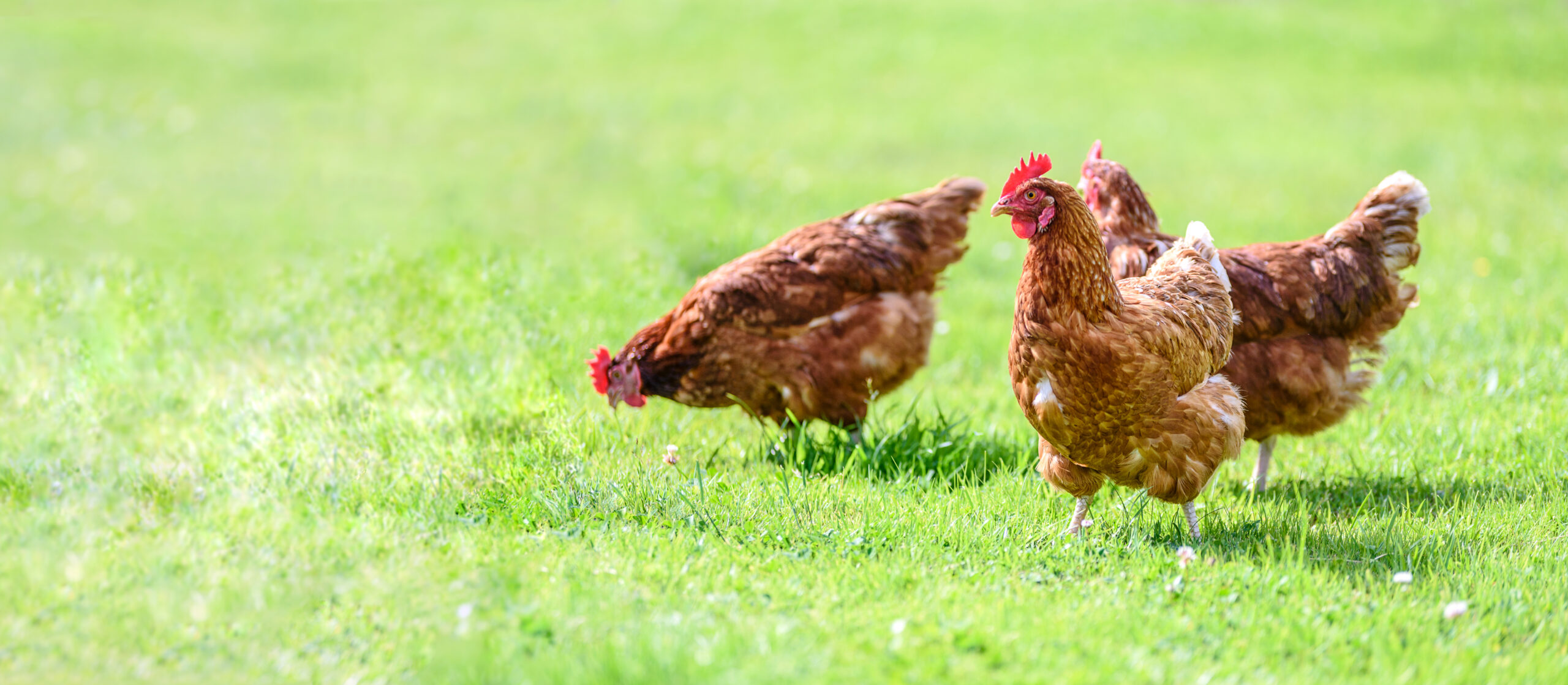Written by: Bria Osborne, OVC 2026
Edited by: Dr. Paisley Canning
Chickens are amazing animals and pets! Their anatomy is MUCH different than a dog or cat. Because of this, they require special care and special medications.
Let’s check out 5 unique anatomy facts about chickens!
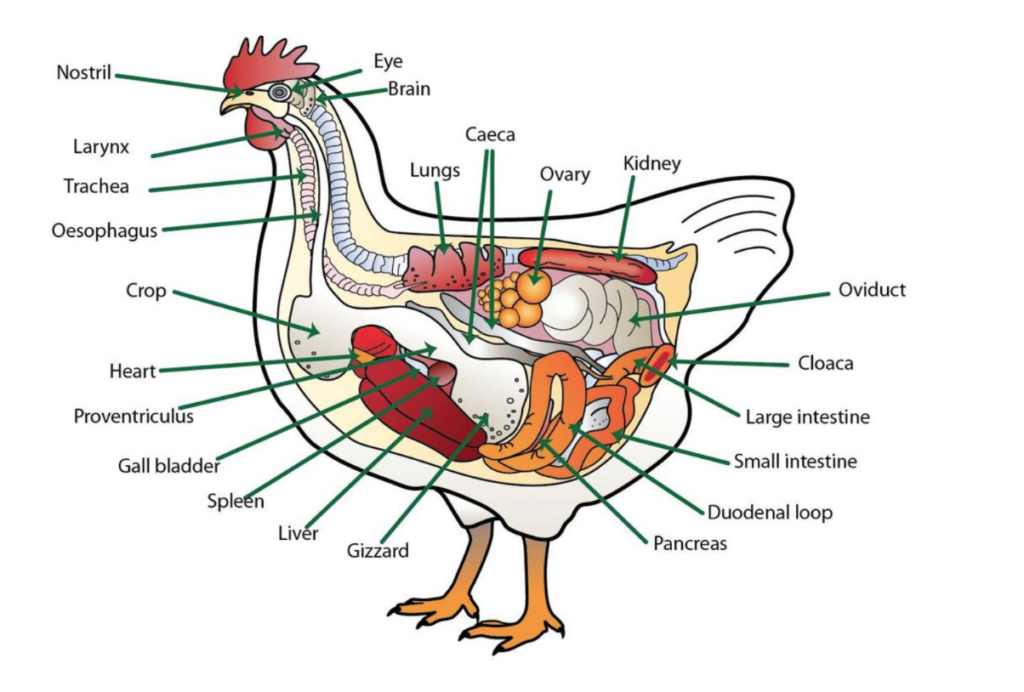
Photo credit: https://afs.ca.uky.edu/poultry/anatomy
Figure 1: An internal look at your chicken’s organs. Note the location of the crop, gizzard, cloaca, lungs, and caeca
1. Chickens have an organ called a crop for storing food
The crop is located at the base of the neck (see figure 1). After a chicken has eaten, the crop will be round and enlarged. Usually, the crop empties overnight and pushes the food into the rest of the chicken’s digestive tract. Feeling your chicken’s crop can tell you if your chicken has been eating. Your vet may also swab your chicken’s crop as a diagnostic tool.
2. Chickens have a gizzard (muscular organ) for grinding food
The gizzard is used to mechanically grind the chicken’s food. It requires grit to help physically breakdown ingested food. This mechanical breakdown of food in the gizzard differs from that of the proventriculus (the true stomach), which chemically breaks down food using acid, just like a human stomach. Note the location of the gizzard in Figure 1.
3. The cloaca (or vent) is the opening where urine, eggs, feces, and semen pass out of.
Chickens have one hole on their rear that serves several different functions, this is called the vent. Your vet may perform a vent exam to help them check your chicken’s health or to help diagnose any problems (example mites). Note the location of the vent/cloaca in Figure 1 and how the large intestine and the oviduct (in female chickens) empty into it (ureters emptying into the cloaca is not seen in Figure 1).
4. Chickens do not have “in then-out breathing” like mammals; they have a four-stroke respiration cycle complete with air sacs and lungs!
Chickens have air sacs surrounding their lungs, these air sacs store air for the lungs so that the chicken has a continuous supply of oxygen even when the chicken is exhaling. A chicken must inhale and exhale twice for air to fully pass through the respiration cycle.
Chickens do not have a muscular diagram to inflate their lungs like humans do. Instead, they rely on physically expanding their chest outward to draw air into their air sacs and lungs. This is why proper chicken handling is important, so you do not compress their chest and prevent them from breathing properly. Check out this link to an article by The Chicken Chick on how to properly hold a chicken: https://the-chicken-chick.com/the-right-way-to-hold-handle-chicken/ .
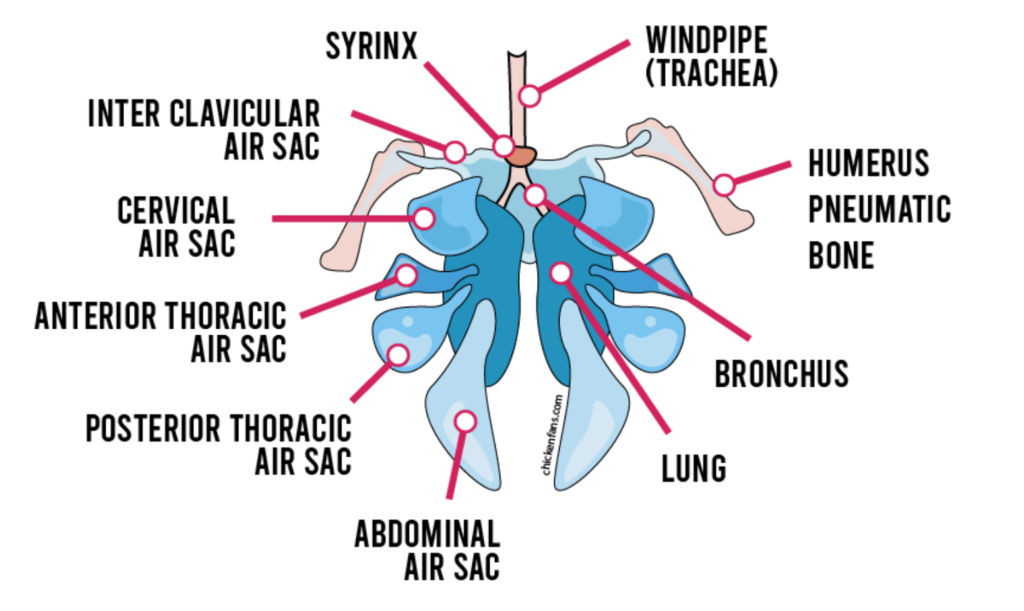
Photo credit: Chicken Fans
Figure 2: Chickens have a number of air sacs which are not directly involved in gas exchange, but rather store air so that the lungs have a continuous flow of oxygen filled air.
5. Chickens have special poops called: Cecal poops
There is a paired organ within the chicken’s digestive tract known as the caeca. It is in charge of fermenting food matter that wasn’t previously broken down by the digestive organs ahead of it. The caeca empty multiple times a day, resulting in what is known as “cecal poop”. Cecal poop differs from regular chicken poop as it has a more pungent odour, a different texture, and can range from yellow to black in colour (see figure 3 for an example of how a cecal poop may present). Cecal poop is entirely normal and is a good sign that your chicken’s digestive system is functioning correctly. Cecal poop may be mistaken for diarrhea.
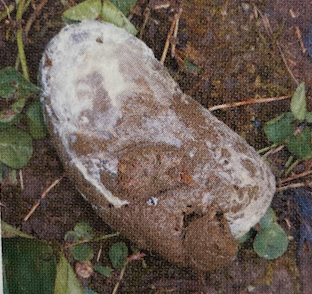
Photo credit: The Chicken Health Handbook
Figure 3: This is an example of a normal chicken poop.
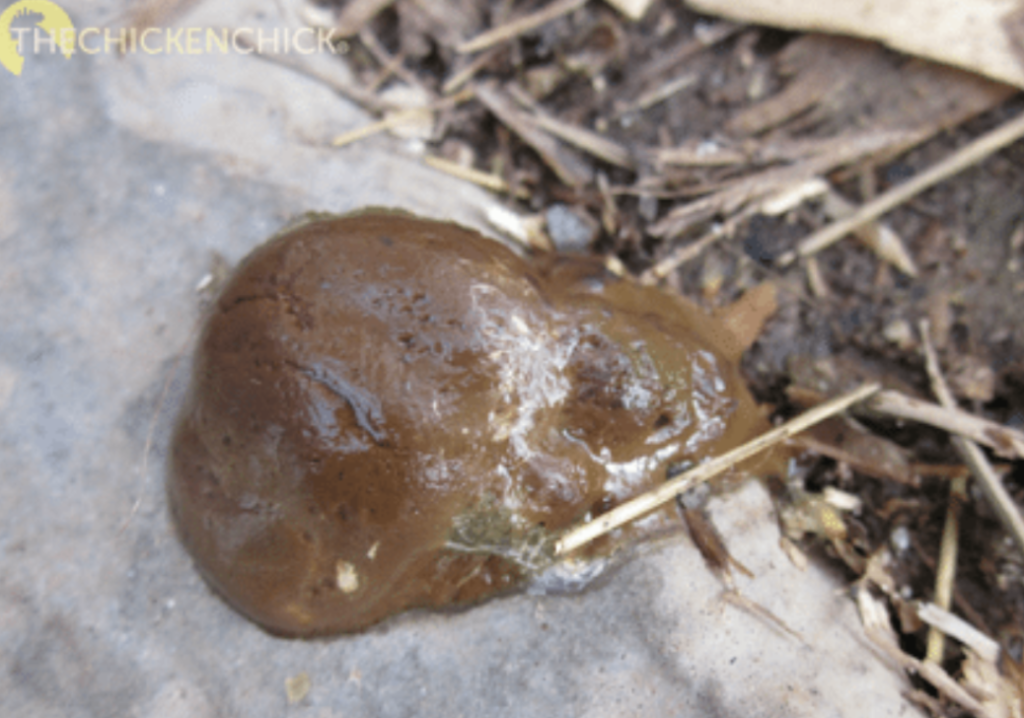
Photo credit: The Chicken Chick
Figure 4: This is one example of what a cecal poop may look like.
Reach out to Dr. Canning if you want more information on your chicken’s unique anatomy and what it can tell you about its health. You can contact the clinic at [email protected], or on facebook.com/upperthamesvs.
References:
The Chicken Chick: https://the-chicken-chick.com/
WeCAHN and CAHSS small flock poultry course (May 2023)

